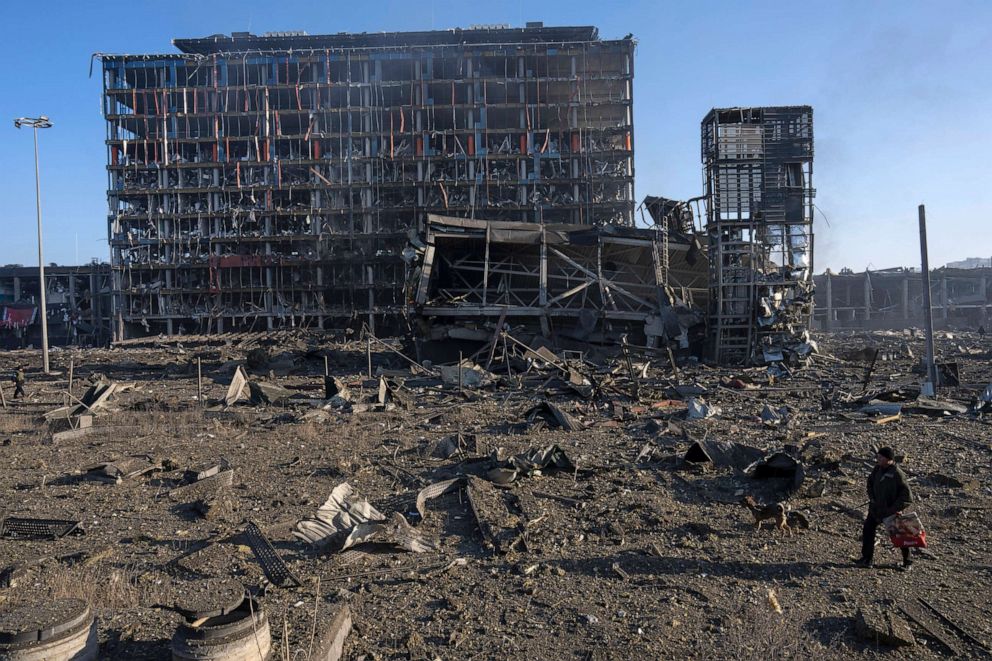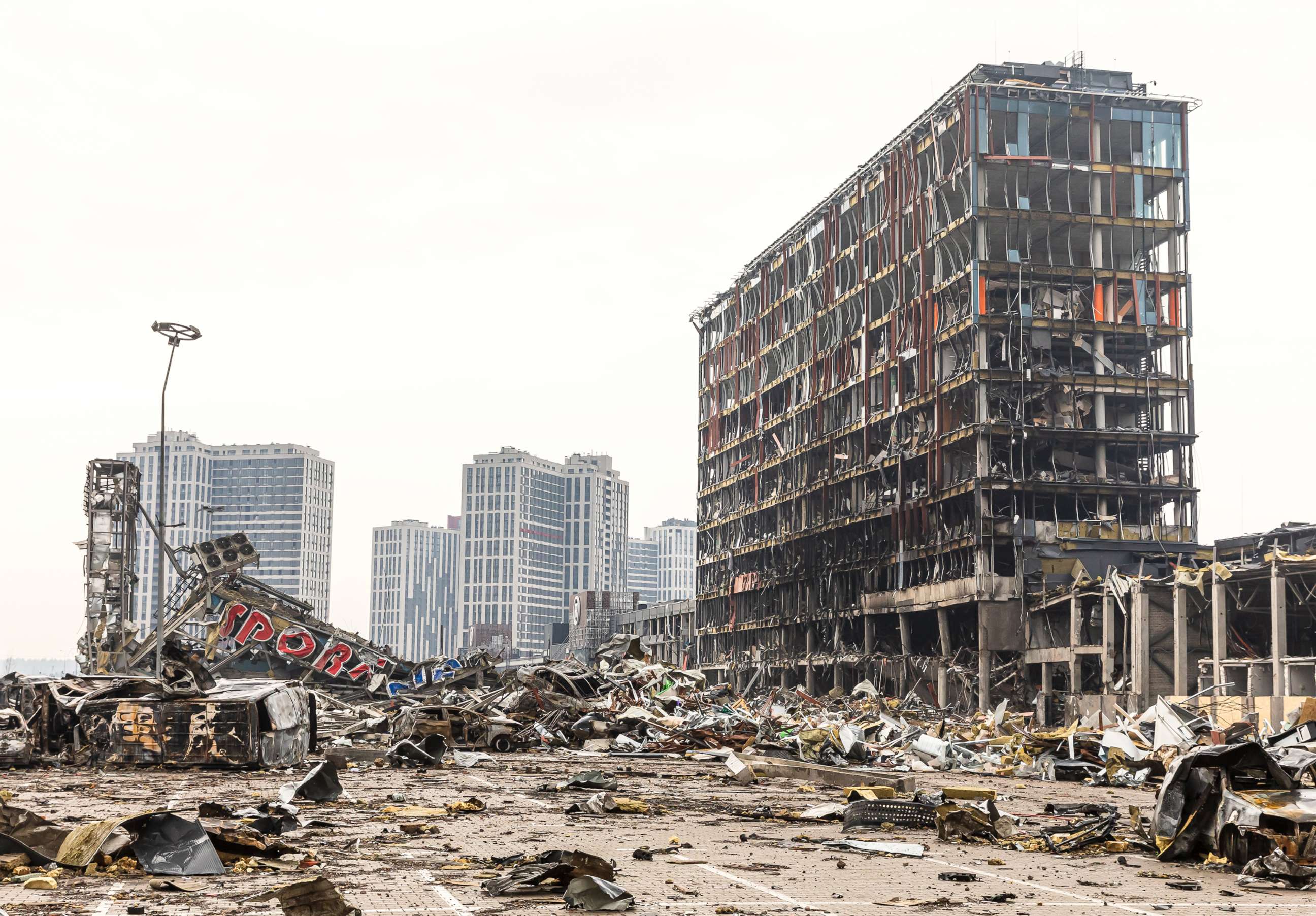American doctor trains hundreds of Ukrainians to be combat medics
Dr. Russ Frazier has trained at least 500 Ukrainians.
This is a MedPage Today story.
Tennessee physician Dr. Russ Frazier recently returned home from Ukraine, where he had been providing medical services and training as part of the nonprofit, Global Surgical and Medical Support Group.
Frazier was part of a group of 10 that spent two weeks in the war-torn nation, providing combat casualty care training to civilians, members of the military and even other doctors.
The experience was both harrowing and inspiring, Frazier told MedPage Today. And he's ready to answer the call again, if needed, he said.
"Typically, I've had a couple of months to prepare for trips," said Frazier, who is an anesthesiologist at Methodist Medical Center in Oak Ridge, chief of the Knox County Rescue and SWAT tactical physician for the Knox County Sheriff's Department. "But, with the invasion of Ukraine, I got about 11 hours' notice."
When Frazier got the call, he ran it by his wife and two teenage sons, who immediately gave him the go-ahead. The next morning, Frazier was on a plane to Ukraine.

His team included a surgeon and an operating room nurse, as well as a few retired members of the Special Forces, some of whom were actively studying for their MCAT exams by night. Basically, the group was a bunch of Type A personalities, Frazier said.
The group had packed armor, warm clothes and all the medical equipment they could take. Initially, Frazier said he and his team didn't know if they would be performing surgeries, treating casualties or primarily providing medical training.
Where they landed in Ukraine, the group was far enough west in Lviv that the area wasn't inundated with casualties at the time. So, training became the focus of their trip.
"Within two weeks, we had trained over 500 participants," Frazier noted, including 30 people who had been taught to become trainers themselves, as well as a number of physicians -- dermatologists, anesthesiologists, pediatricians and family doctors -- who required more advanced training.
The training took place in an old gymnasium. The rear of the building had balance beams, uneven bars and a large foam pit, but the lobby of the building could fit dozens of people in a single class, Frazier recalled. The gym doubled as a public shelter, letting no one forget the intensity of the crisis at hand.
The team taught two classes a day, one at 10 a.m. and one at 5 p.m. The very first class had more than 20 people, and by the afternoon class, there were nearly 90.
"The need was there, the drive was there," Frazier said.
When air raid sirens went off, the team and their trainees moved to the basement of the building, joined by people who were out walking their dogs.
Remarkably, the participants in the classes would carry the training equipment down to the basement during the raids to continue their learning.
"It was so inspirational ... the motivation from the citizens to learn everything they possibly could," he said.
The tactical combat casualty course they used was developed by the U.S. military, Frazier explained. It focused on the five battlefield injuries that can most quickly kill a person, using the acronym MARCH:
- Massive hemorrhage
- Airway
- Respiration
- Circulation
- Head injuries/hypothermia
First, the trainees learned about using tourniquets to prevent massive hemorrhage, which is the only thing that should be done under fire, he noted. Knowing that everyone cannot purchase the recommended combat application tourniquet, the team focused on how to make improvised tourniquets, using bedsheets, sticks, shirt sleeves, or nylon straps.

For evaluating airways, trainees were taught remedies that included head tilts and chin lifts to clear an obstructed airway, or turning a patient on their side to clear their airway of teeth, bone fragments or other objects, Frazier said.
Some local physicians received advanced emergency airway training, he added, which included learning procedures such as cricothyrotomies.
Many physicians like pediatricians or family doctors aren't typically exposed to these types of things, "but obviously now in a war zone, they may be," Frazier said.
"It's surreal, but it's also inspiring," he said of the resolve of the Ukrainian people. "They were very gracious and very appreciative. It was hugs and thank you's. I really felt out of place because of all the attention we got. They definitely showed their appreciation."
The day after the nearby women's and children's hospital was bombed, the chairman of obstetrics was in one of the team's training classes. "The reality of what everyone needs to do has hit them, and they have willingly stepped forward," Frazier said.
As for his team, they tried to keep as safe as possible, knowing nothing was without risk. They were able to book two rooms at a local hostel, with five team members in each room. The only downside was that there was no basement in the building, and the team was staying on the top floor, which had skylights in the ceiling.
"It was a little concerning," he noted. "It definitely felt a lot safer in that old gym."
This past weekend, Frazier and some members of his team returned home after another team arrived to help continue the training. However, the situation is incredibly fluid, he noted.
"Everyone from the original team ... [is] very willing to return," he said.




